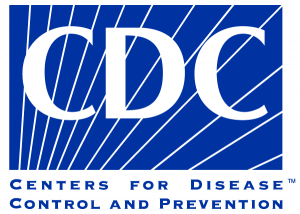 In response to CDC’s release of the draft CDC Clinical Practice Guideline for Prescribing Opioids—United States, 2022, AACIPM has issued a public comment on behalf of 44 individual and organizational signatories representing a broad spectrum of health care providers, payors, academia, policy and healthcare experts, and people living with pain.
In response to CDC’s release of the draft CDC Clinical Practice Guideline for Prescribing Opioids—United States, 2022, AACIPM has issued a public comment on behalf of 44 individual and organizational signatories representing a broad spectrum of health care providers, payors, academia, policy and healthcare experts, and people living with pain.
Given the draft guideline’s increased focus on non-opioid and non-pharmacological pain management, it’s newly broadened applicability to non-physician members of the pain care team, and the undeniable impact that it will have on the care of people living with pain, AACIPM believed it was imperative that we coordinate a collective response to the draft on behalf of the integrative pain management community. Through a number of phone calls and use of a multidisciplinary writing group, a letter was developed outlining both support for, and concerns with, the proposed guideline.
The group expressed support for a number of aspects of the proposed guideline:
- Removal of dosage thresholds (aka “Ceilings”) from the 12 core recommendations and its overall stronger emphasis on patient-centered care.
- Emphasis on non-opioid, non-pharmacological, and integrative therapies—along with its acknowledgment that reimbursement and coverage issues are often a significant barrier to accessing this type of care.
- Explicit intention that the final guideline be voluntary and not used as an inflexible standard of care.
The letter also made a number of suggestions for improving the guideline:
- Amending recommendations #1 and #2 for improved clarity, and to provide guideline users with a “pain management toolbox” that will help them to implement the guideline’s recommendation of using non-opioids as a first-line approach.
- Improving the (currently unclear) presentation of the guideline’s twelve recommendations and five guiding principles for improved readability.
- Fully rescinding the 2016 guideline, rather than merely issuing a 2022 update.
Finally, the letter outlined a number of ways that CDC could ensure a robust and effective dissemination effort related to the release of the updated guideline.
